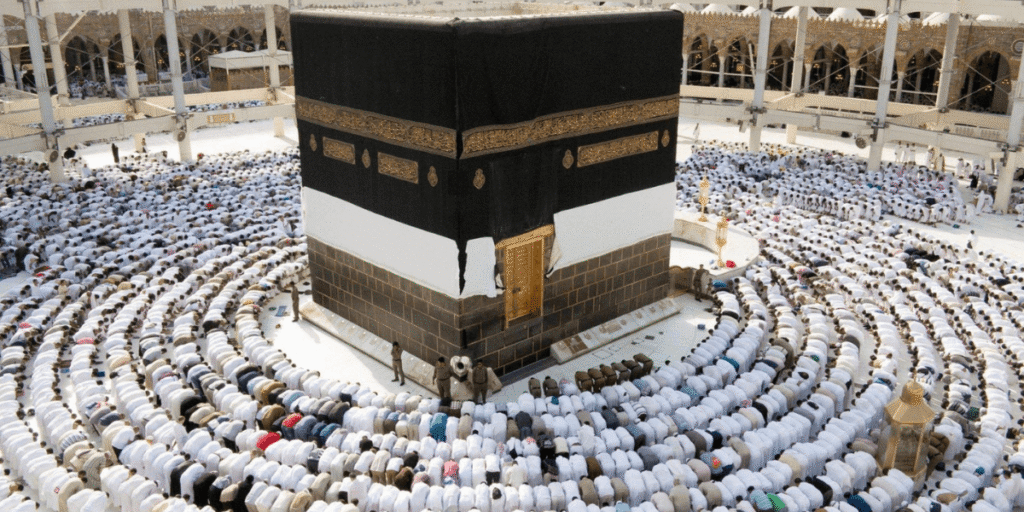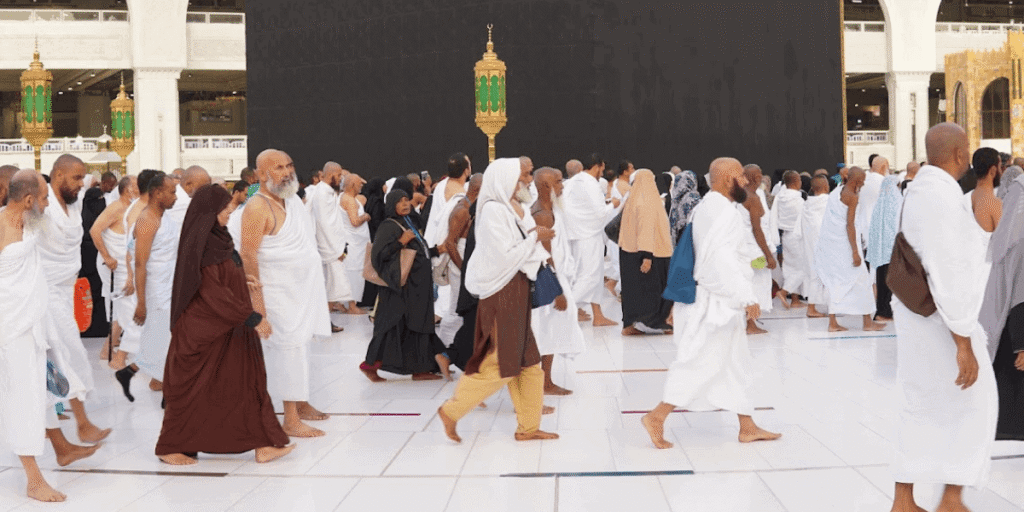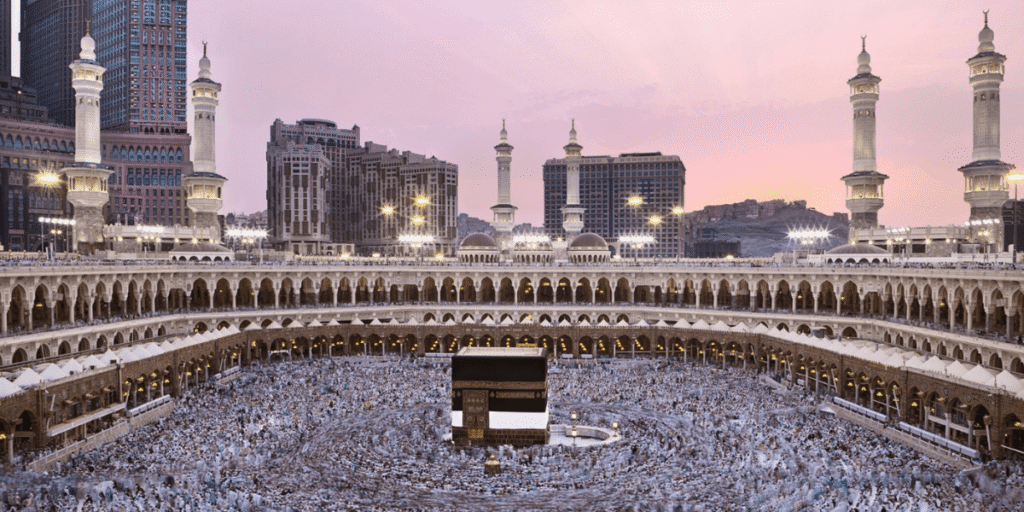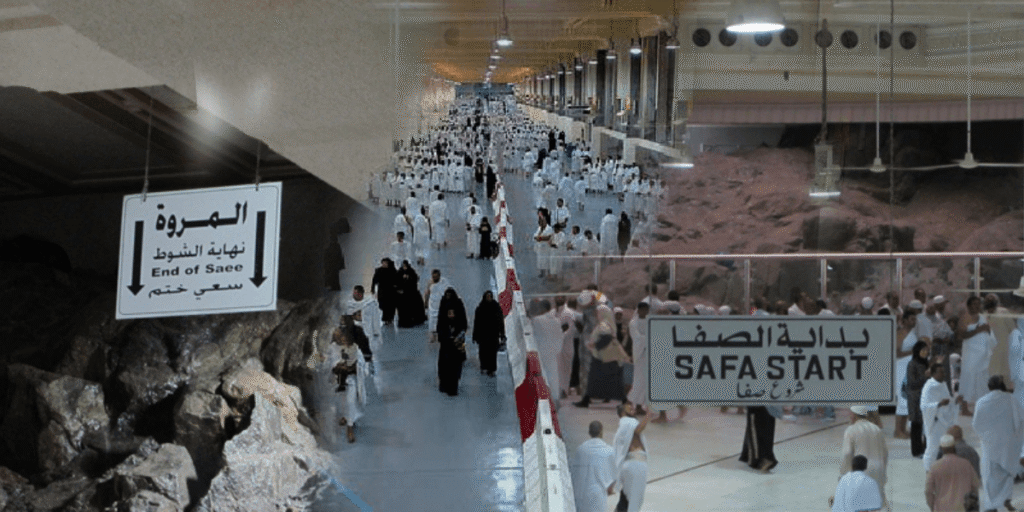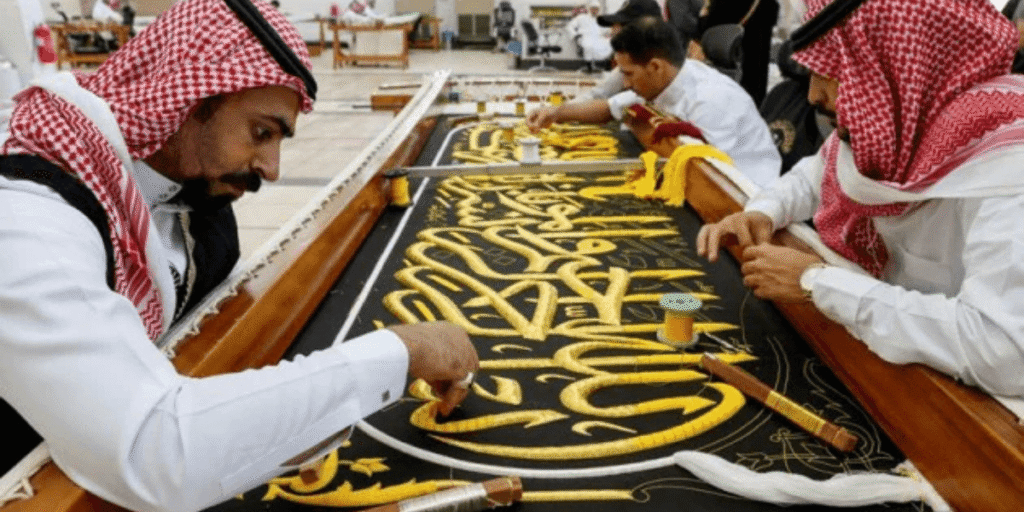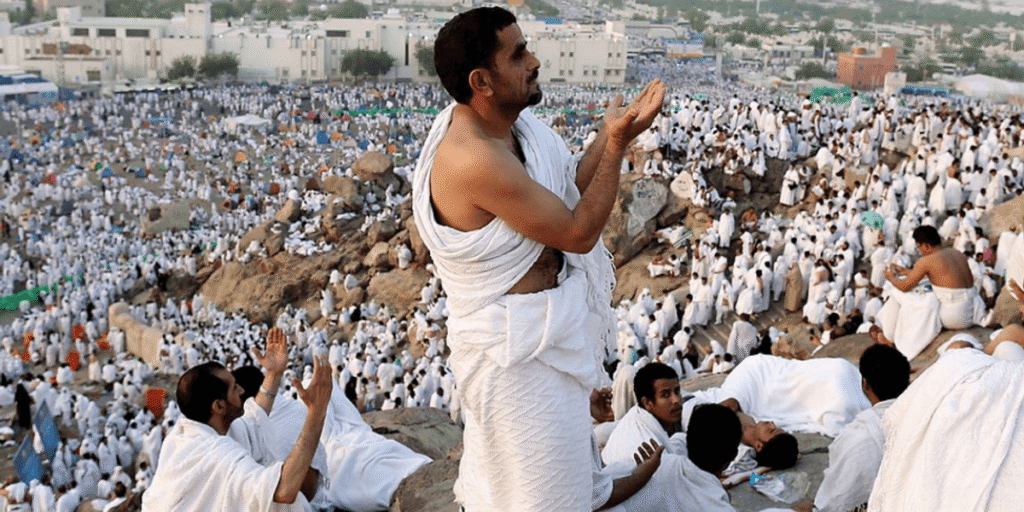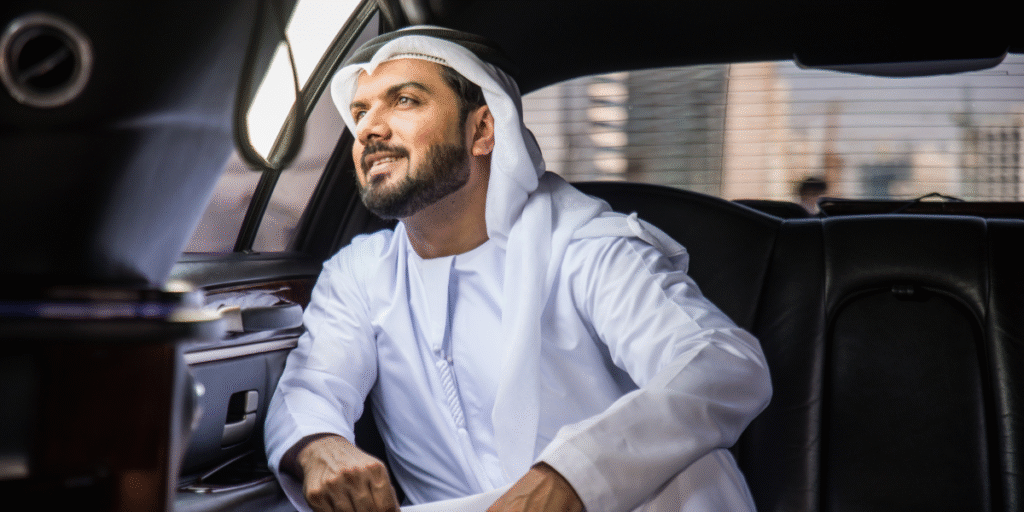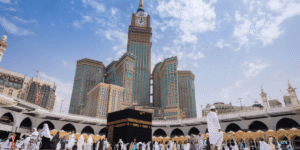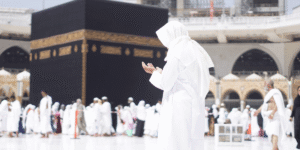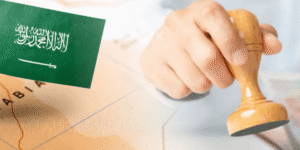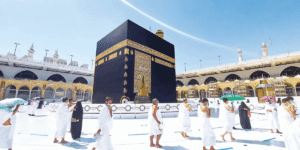Every year, millions of Muslims gather together in Makkah for the Hajj pilgrimage, circling a cube-shaped building called the Kaaba, a structure deeply tied to their faith.
The Kaaba, located in the center of Masjid Al Haram in Makkah, is more than just a building: it is a powerful symbol of unity for 1.9 billion Muslims around the globe. From Indonesia to Morocco, believers turn toward this sacred point five times daily in prayer. Understanding why the Kaaba is important helps us see why Muslims pour their hearts into visiting it through Umrah and Hajj.
This blog will break down its meaning, origins, religious role, and what lies inside, giving you a complete and authentic picture.
Understanding the Holy Kaaba: What Does It Stand for?
The Holy Kaaba is a cube-shaped structure built of stone, covered with a black silk cloth known as the Kiswa. It sits at the heart of Islam’s holiest mosque, Al Masjid Al Haram, in Makkah, Saudi Arabia.
The Kaaba is the qibla, the direction Muslims face while performing their daily prayers. For many, the question of what the Kaaba symbolizes is answered with a single word: unity. No matter where you are in the world, turning to the same point in prayer reminds you that you are part of a global community.
It is believed to be the first house built for worshipping Allah alone, established by Prophet Ibrahim (Abraham) and his son Ismail.
The Kaaba’s Significance in Muslim Lives
People often ask, “Why is the Kaaba important to Muslims?” The answer lies in its powerful place in worship and community.
The Kaaba is central to the five daily prayers and symbolizes obedience to Allah’s command. Its existence is a reminder of submission and the oneness of God. Even Muslims who have never seen it feel emotionally connected to the Kaaba because of its strong ties to their faith and history.
When performing prayers, every Muslim faces the direction, forming rows upon rows of worshippers aligned as one body, which highlights the significance of the Kaaba.
The Kaaba’s Role in Hajj and Umrah
The Kaaba is at the center of Hajj and Umrah, two sacred pilgrimages that Muslims strive to perform at least once in their lives. During these journeys, pilgrims perform Tawaf, walking around the Kaaba seven times as an act of worship.
The Kaaba serves as a spiritual focal point, reminding pilgrims of their purpose in life. It pulls people from every culture, language, and background, joining them in worship. The experience of standing before the Kaaba, touching its walls, and praying near it is so powerful that people describe it as life-changing.
A Brief Look at the Kaaba’s Past
The history of the Holy Kaaba reaches back thousands of years. According to Islamic belief, Prophet Ibrahim (Abraham) and his son Ismail built it under Allah’s command. Before that, it is said that the Kaaba’s site was chosen by Prophet Adam, making it one of the oldest places dedicated to worship.
During the time of Prophet Muhammad (peace be upon him), it was cleansed of idols and rededicated to the worship of one God, reviving its true purpose. Its black cloth cover, the Kiswa, is replaced each year in a moving ceremony.
Who Were the Builders of the Kaaba?
According to authentic Islamic tradition, Prophet Ibrahim and his son, Prophet Ismail, constructed the Kaaba together. The Quran describes how Ibrahim raised his walls while Ismail helped, making it a family project built on deep faith and trust in God. They prayed for Allah to accept their work and for the Kaaba to become a place of blessing for all people.
The story of their hard work is told to children and adults alike, inspiring generations to obey Allah’s commands. Their role in building the Kaaba connects Muslims to their roots, reminding them that true worship must be sincere and pure.
Why Was the Kaaba Erected?
People often wonder why the Kaaba was built in the first place. It was created as a house of worship, purely for Allah alone. Before Islam, the area around Makkah had fallen into idol worship, but Allah sent Ibrahim to cleanse the site and dedicate it to monotheism.
The shape of the Kaaba may be simple, but its meaning is deeply powerful. It calls on every Muslim to renew their faith and seek forgiveness.
How Did the Kaaba Become Sacred?
So, how did the Holy Kaaba come to be a holy site for Muslims? It was made sacred because Allah chose it as the first house for His worship, and He commanded His prophets to build it. Its blessing comes from
Allah’s direct order and the prayers of Prophet Ibrahim, who asked God to make it a place of safety and peace. Over the centuries, its status was strengthened by the countless prophets and believers who honored it.
What Lies Inside the Kaaba?
A common question people ask is, What is inside the Kaaba? Surprisingly, its interior is simple and bare. There are three wooden pillars supporting the roof and a floor made of marble. There are no idols, images, or decorations. A small table holds perfume used to clean the walls. On one wall, there are inscriptions of Quranic verses.
Even though people cannot usually enter the Kaaba, knowing that it is empty of worldly decorations teaches Muslims that true faith comes from a clean heart. Only selected dignitaries and officials are allowed to enter on rare occasions to perform a special cleaning ceremony.
Visiting Inside the Holy Kaaba
Many people wonder who can go inside the Holy Kaaba. Generally, it is closed to the public, and only a small group is allowed in during special cleaning ceremonies twice a year. These ceremonies involve washing the walls with rosewater and Zamzam water in a ritual going back hundreds of years.
The rest of the time, Muslims pray outside around the Kaaba. Still, simply being near it is considered a huge blessing. Entering the Kaaba is not required for anyone’s faith or pilgrimage, so Muslims feel completely content praying around it. This limited access protects the Kaaba’s dignity and prevents overcrowding.
Other Holy Sites around the Kaaba
The Black Stone
The Black Stone, or Hajar Al Aswad, is set in one corner of the Kaaba. Pilgrims try to touch it during Tawaf, remembering the Prophet’s tradition.
The Grand Mosque (Masjid Al Haram)
This is the largest mosque on earth, surrounding the Kaaba. Millions pray here together in peace and brotherhood.
Al Muallaa Cemetery
Also called Jannat al-Mu’alla, it holds the graves of some of the Prophet’s family and is a site of respect.
Exhibition of the Two Holy Mosques
A museum showing Islamic art, architecture, and history of the Haramain, helping visitors learn about Makkah’s heritage.
Quranic Verses That Talk About the Kaaba
Surah Al-Baqarah, Verse 125
“Allah made the Kaaba a place of safety and commanded Ibrahim to purify it.”
Allah says He made the Kaaba a place of safety and ordered Prophet Ibrahim to purify it. This means the Kaaba is not only a place of worship but also a safe sanctuary where people feel protected. The order to purify it shows that worship must be clean, sincere, and free from any wrong beliefs.
Surah Al-Ma’idah, Verse 97
“Allah has made the Ka’bah, the Sacred House, and a sanctuary of well-being for all people, along with the sacred months, the sacrificial animals, and the [offerings decorated with] garlands.”
Allah says the Kaaba was made to set order in faith and worship. This means it organizes people’s prayer direction, rituals, and spiritual lives. All Muslims face it in prayer, creating unity and discipline. In a religion meant to bring people together, the Kaaba is the anchor of that unity.
Surah Al-Baqarah, Verse 144
“So turn your face toward al-Masjid al-Haram. And wherever you [believers] are, turn your faces toward it [in prayer]. “
This verse talks about the change of the prayer direction (qiblah) from Jerusalem to the Kaaba. Allah asked Prophet Muhammad (peace be upon him) to turn toward the Kaaba, making it the new direction for prayers. This was a huge moment in Islam, showing that Muslims had their own distinct identity, separate from earlier faiths. It gave them confidence and pride in their religion.
Surah Al-Baqarah, Verse 158
“Indeed, ˹the hills of˺ Ṣafa and Marwah1 are among the symbols of Allah.”
This verse mentions Safa and Marwah, two hills near the Kaaba, as sacred symbols of Allah. During Hajj and Umrah, pilgrims walk between them in the ritual of Sa’i. Linking these hills to the Kaaba strengthens the spiritual meaning of the entire sacred area. It reminds Muslims of Hajar’s struggle (the wife of Prophet Ibrahim) searching for water, showing sacrifice, trust in Allah, and hope.
Final Reflections
The Kaaba is not just an ancient building. It is a living symbol of Islamic faith, unity, and worship. From its history with Prophet Ibrahim to the millions who visit each year, its power remains strong.
In the end, the Kaaba teaches us the meaning of sincerity, faith, and equality. It gathers Muslims from all corners of the world into one loving family before Allah, reminding us to live with hope and devotion every day.
If you dream of seeing the Kaaba for yourself, consider booking with a trusted Hajj and Umrah agency like Three N Travel & Tourism LLC, which offers quality Umrah packages for spiritual journeys.



